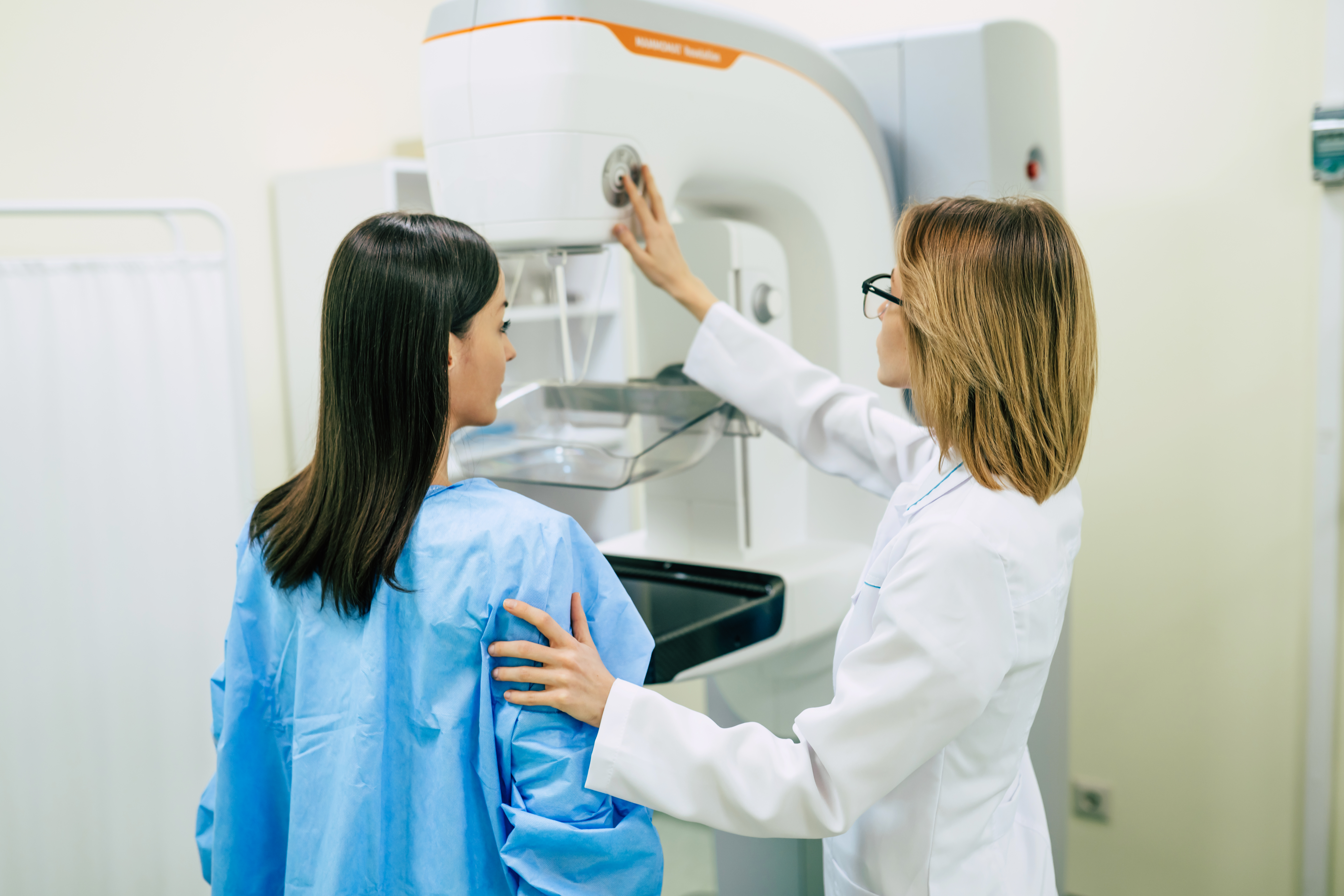When you come in for a mammogram at Windsong Radiology, you can count on receiving comprehensive breast health services. Our experienced team of mammography technologists works with our expert radiologists who are subspecialized in breast health to provide compassionate, personalized care for all patients. The mammography technologist will guide you through the entire process, making sure you understand what to expect and ensuring a positive, comfortable experience.
Also known as mammographers or mammography technicians, these experts specialize in capturing clear 3D images of breast tissue during mammograms. What else do these radiology professionals do, and what drives them to provide a positive mammography patient experience? Find out below.
Your Mammography Technologist’s Training
Mammography technologists undergo extensive training in order to work with patients and perform mammograms. Part of their training includes meeting the following requirements:
- Achieving a minimum of two years of X-ray training, which qualifies the individual to be a licensed radiologic technologist
- Completing at least 40 hours of mammography training and 25 mammograms while under the supervision of an expert mammographer who meets standards set forth by the Mammography Quality Standards Act (MQSA)
- Conducting 75 additional mammogram exams and logging each through The American Registry of Radiologic Technologists (ARRT)
- Earning a general radiography certification from the ARRT or another federally approved certification organization, or obtaining a state radiography license
- Fulfilling eight or more hours of training in 3D digital mammography or another specific type of mammography before using that specific technology
Maintaining Mammographer Status
In addition to initial training, mammography technologists can earn advanced certification for additional specialized breast imaging exams. Whether they do this or not, they must fulfill the following requirements to continue performing mammograms:
- Continuing educational requirements. All mammographers must earn at least 15 continuing education units (CEUs), or credits, earned at educational seminars over a 36-month period. Obtaining CEUs can take a range of hours, depending on the specialty. These credits help mammography experts learn about new radiologic technology and techniques.
- Continuing clinical experience requirements. Every 24 months, mammographers must perform at least 200 mammograms.
Failing to meet either of these requirements means a mammographer must requalify as a mammography technologist. Requalifying requires the mammographer to perform at least 25 mammograms under the oversight of an MQSA-qualified mammographer.
What a Mammography Technologist Does
When you arrive for a mammogram, a skilled mammography technologist aims to give you a comfortable, personalized patient experience from start to finish. This includes the following steps:
- Discussion. Before your exam, the mammography technologist speaks with you to verify your patient information, including medical history and any breast changes or problems since your last mammogram.
- Explanation. The mammography technologist gives a detailed, step-by-step explanation of what to expect during your mammogram. During this time, you can ask any questions you have about your mammogram, from how it feels to have your breast compressed to what to expect afterward.
- Positioning. The mammography technologist places one of your breasts on a flat plastic plate, and the machine lowers the second plate on top of your breast. You may experience slight discomfort as the plates squeeze your breast, but it shouldn’t hurt. The technologist is trained to position each breast in a way that makes the exam as comfortable as possible while capturing images accurately. The technologist will repeat the process in order to capture images for both breasts.
- Scanning. Your mammographer takes multiple images of your breasts. At Windsong Radiology, we offer the most advanced technology with annual 3D screening mammography as standard of care. This part of the exam takes approximately 10 to 15 seconds. You will be asked to remain still and hold your breath briefly while the images are being taken. Before removing your breast from the scanner, the mammographer makes sure the images give a clear view of the breast tissue. If not, the mammographer takes additional images.
- Affirming. Throughout your experience, the mammographer educates and communicates with you. Your mammography technologist will tell you when to expect results and what different results mean.
Who Becomes a Mammography Technologist
Mammography technologists have the technical skills and knowledge to obtain high-quality images during mammography. Additionally, they are trained to make the mammography experience as pleasant and personal as possible for each patient.
At Windsong Radiology, our mammography technologists go out of their way to make you feel comfortable and seen. Prefer to maintain as much modesty as possible during your exam? Your mammographer helps you stay as covered as possible, while still capturing clear images.
Between mammograms, our technologists encourage you to perform monthly breast self-exams, so you can better know your breasts and detect any potential changes or concerns. They offer a listening ear and access to education and resources to help you maintain your best breast health over time and provide information on the importance of annual screening and knowing when to start and when to stop according to guidelines.
After Your Mammogram
Following your annual screening mammogram, you will receive a report with your results. If there are no findings that require follow up, you will be instructed to return in one year for your next screening. If your screening mammogram uncovers any areas of concern, you may be “called back” or referred for additional imaging to help better characterize any changes to your breast tissue. This may include a diagnostic mammogram.
Once again, you will meet with your mammography technologist for additional images of your breast. If appropriate, you may need a breast MRI, breast ultrasound, or other supplemental screening exam. For a diagnostic mammogram, a radiologist will read and interpret your images and discuss findings with you. Whatever breast imaging needs you have, Windsong’s caring team is here to help you get the answers you need and understand any next steps.







